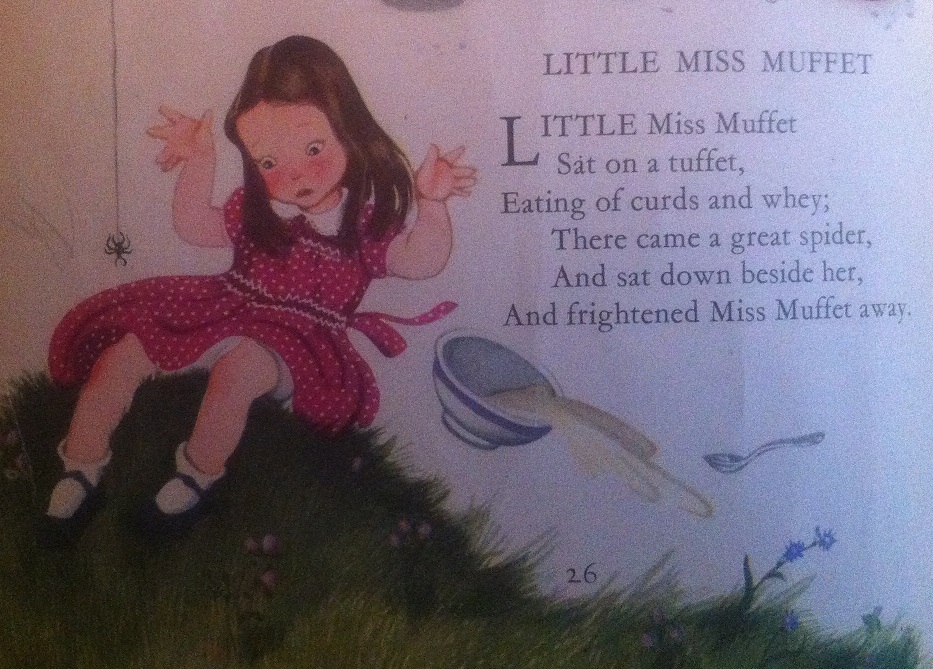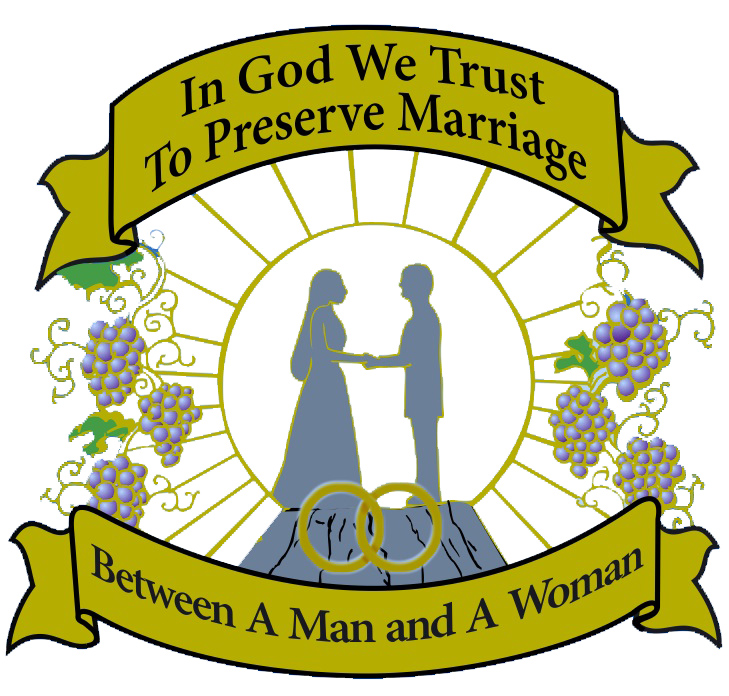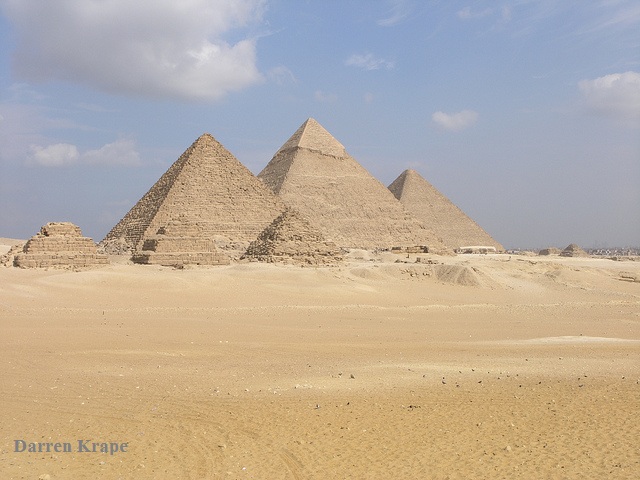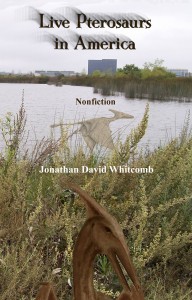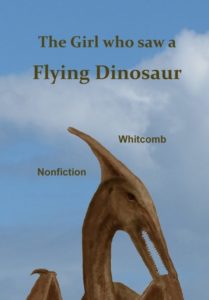I once read a comment, from a young man if I recall, about the possibility that the Book of Mormon had been changed, over the past two centuries, presumably to cover up a non-Divine origin of the original 1830 version. It appeared to me that this commentator had not actually read the Book of Mormon but was speculating based on his imagination (and perhaps on what other critics had speculated) for he gave no detail, no example, no reference. He had imagined wrongful changes but had not actually found anything. How much better to read before commenting!
On my laptop, I have the text of the 1830 version of the Book of Mormon, and I sometimes compare it with the modern version. It’s usually hard to find any difference unless one gets the editor’s eye to notice punctuation changes. How obvious that there was no textual evolution from 1830 to the present! Those relatively few changes not involving spelling, grammar, or punctuation, can be explained without any reference to any coverup or any hiding of a non-Divine origin. The 1830 version, in spite of numerous instances of human weaknesses (in both ancient and modern mortals), is a compilation of scriptures originally written by ancient inhabitants of this continent, and it came to us through the power of God. How much we can learn by reading the Book of Mormon!
Book of Mormon Examined
Comparing 1830 text with 1981 version of Alma 4:6*
The above text* was chosen at random. What is the difference? In the modern version, the word “judges” is not capitalized, and the words “fine-twined” are connected by a hyphen. In addition, there is no comma after “gold.”
So after 151 years, all the changes in the English Book of Mormon, for this verse, amount to one capitalization change, one addition of a hyphen, and one subtraction of a comma.
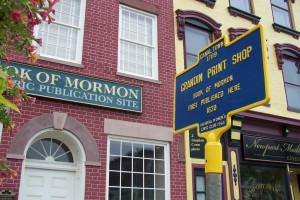
Grandin Print Shop, Palmyra, N.Y.
The Book of Mormon and the Birth of Christ
So why does that verse in Alma mention “Jerusalem” as the place where Jesus would be born? The Nephites probably had almost no knowledge of the smaller towns around Jerusalem, for they had been separated from that city for centuries and for thousands of miles. They knew the name “Jerusalem,” which is relatively close to Bethlehem, so that is the location-name used.
Modern Changes
This is not to say that nothing other than punctuation or spelling has been changed since the 1830 edition. But nothing seems to have been changed by leaders of The Church of Jesus Christ of Latter-day Saints in any reasonable way resembling a coverup of any truth about the origin of that 1830 printing of the Book of Mormon.
Let’s take a hypothetical example, not what has happened but what might theoretically happen if a modern editor makes a careless alteration of text. What if I were to attempt translating part of the book of Alma into some obscure language of Papua New Guinea, with no help from LDS leaders? Let’s take Alma 7:10, including “he shall be born of Mary, at Jerusalem which is the land of our forefathers.” With my many years of experience with the Bible, I recognize that Bethlehem, not Jerusalem, was the birthplace of Jesus Christ. Why not correct that obvious error while translating from English into the Kovai language (spoken by natives in Gomlongon Village on Umboi Island)?
Sometimes trying to fix an error can be worse than leaving it alone. In Papua New Guinea, or most anywhere else, Christians unfamiliar with any text in the Book of Mormon can be suspicious of what seems to be competition with the Bible. How would they react on learning that the Kovai version of the Book of Mormon says “Bethlehem” and the English version says “Jerusalem?”
How could the natives of Gomlongon Village ever know about the English version? I speak from the experience of a 2004 expedition in Papua New Guinea. To get to Gomlongon Village from Los Angeles, it took me about one week, after four plane flights, a trip on a small ship, an adventure on a banana boat, and a strenuous hike up a jungle trail. I can testify of how remote Gomlongon Village is from Los Angeles. But the nation of Papua New Guinea has three national languages, and one of those is English, and three minutes walking west from Gomlongon will take you to the Baptist Church, where one of the youth leaders speaks and reads English.
Changing “Jerusalem” to “Bethlehem” is technically a valid correction; Mormon himself may be the last one who would object to that change. But it would open up too many opportunities for Christians to be deceived into thinking that there had been a coverup. With all that, however, that change (unwise as it would be) would not actually invalidate the Divine origin of the Book of Mormon; it would simply make it easier for some potential readers to be distracted and dissuaded from reading it.



